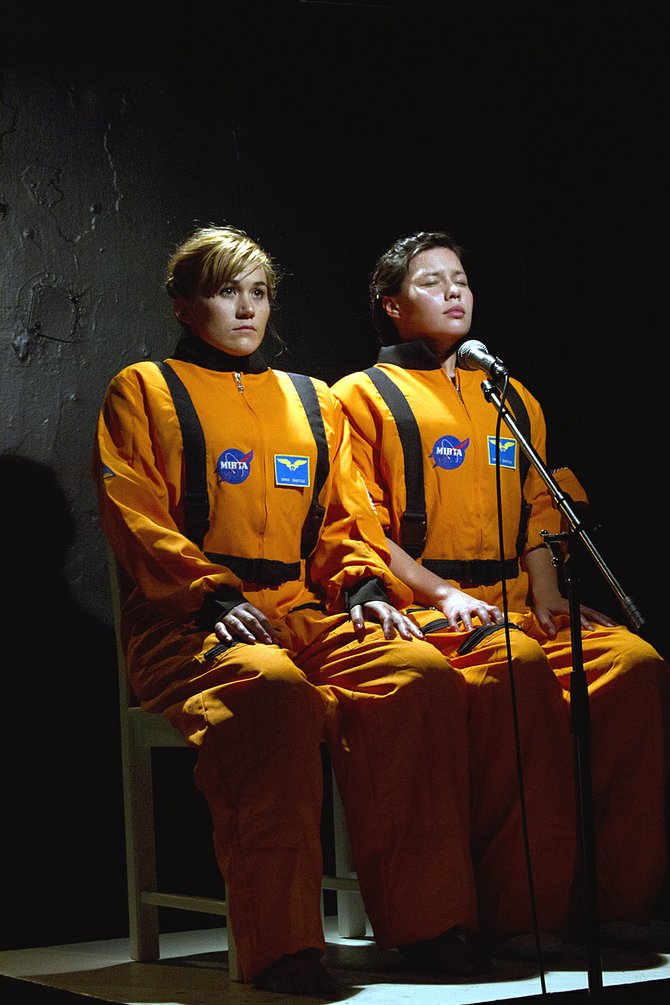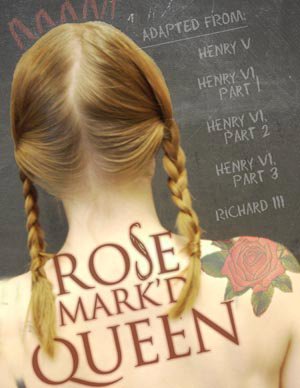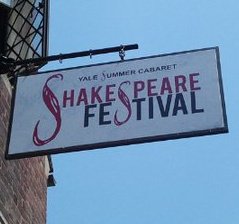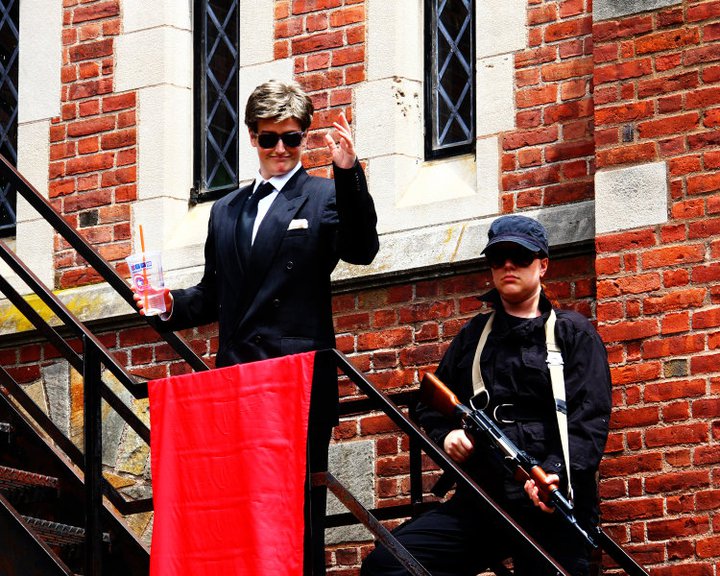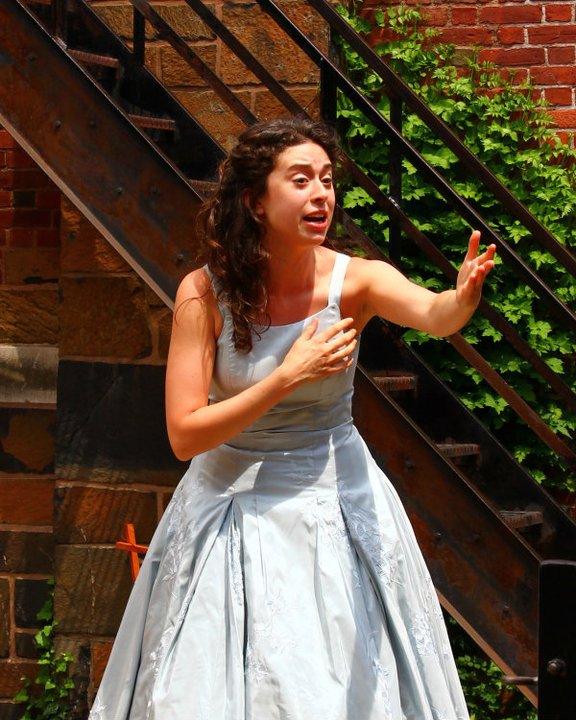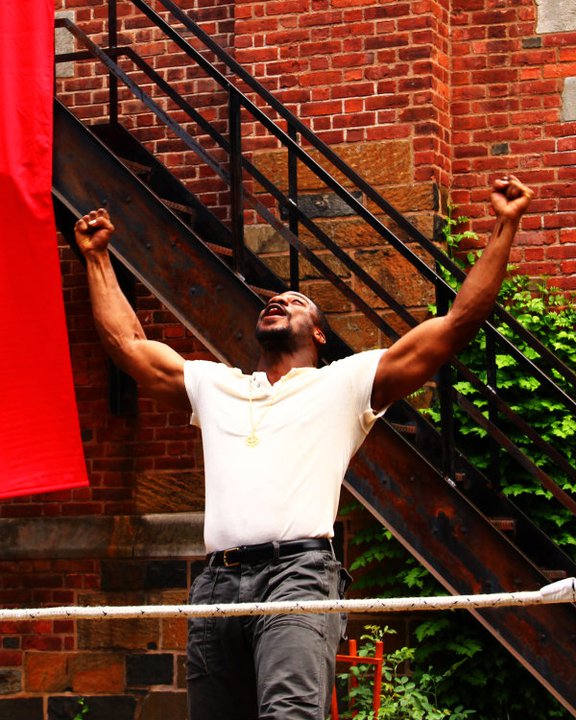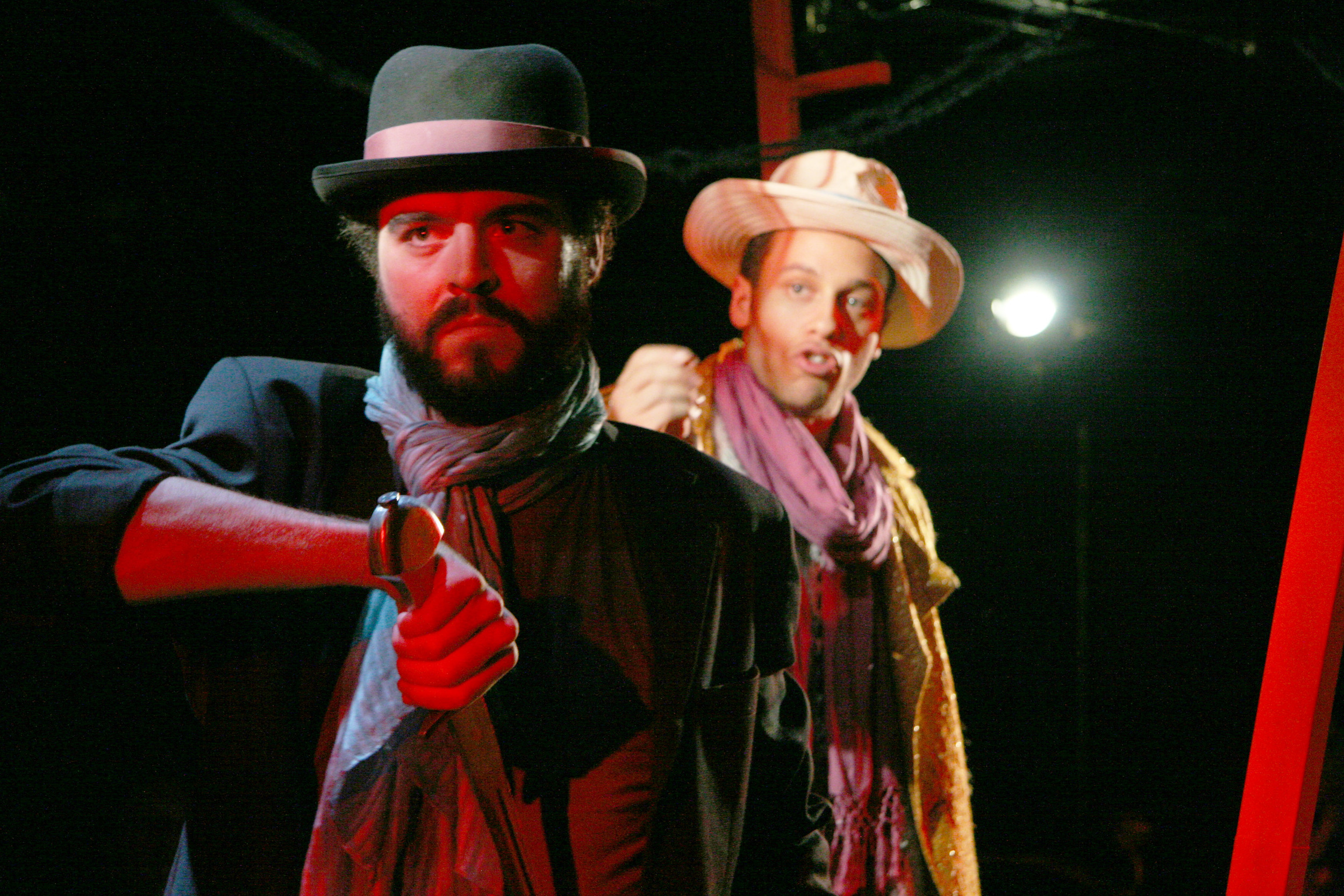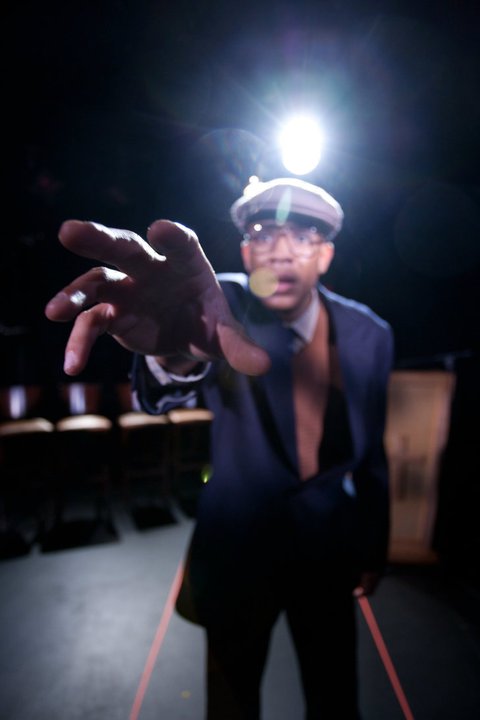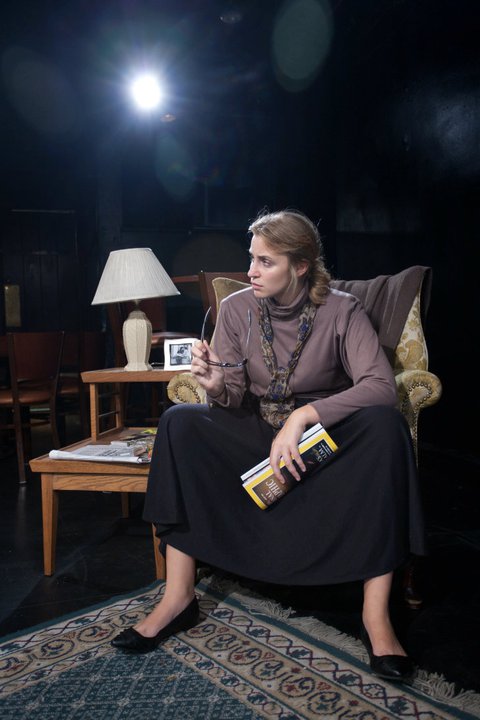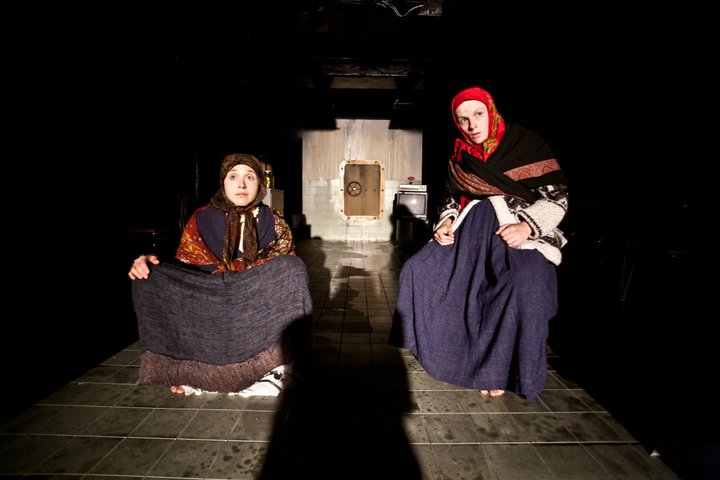William Logan, Our Savage Art: Poetry and the Civil Tongue, Columbia University Press, 2009, 346 pgs.
Disclosure 1: I haven’t read much Logan previously, though I know he is notorious for poking holes in inflated poetic reputations; Disclosure 2: I don’t read a lot of poetry criticism because most of it is ego-stroking blather aimed to curry favor with the poet reviewed; Disclosure 3: I wanted to read this book because Logan includes two essays on later novels by Thomas Pynchon: Mason & Dixon and Against the Day, respectively.
About Logan’s rep: he seems to me to live up to it in this collection of his critical pieces from the recent decade, the earliest review first appearing in 1997 and the latest in 2008. If you read poetry crit with some regularity, you’ve probably heard some of the best bits, for Logan’s pithiness has a way of excerpting itself into anti-blurbs: Billy Collins is “the Caspar Milquetoast of contemporary poetry, never a word used in earnest, never a memorable phrase”; on Tony Hoagland: “You don’t ever get the feeling that he reads, or is affected by anything he can’t shut off with a remote control”; “Readers adore Bishop and adore themselves for adoring her”; “Nobody does a better Heaney imitation than Heaney”; “Drama queens can be charming at thirty; at sixty, they’re insufferable.” And so on, in reviews that cover front-runners like Robert Hass, Geoffrey Hill, Louise Glück, Jorie Graham, Mark Strand, Richard Wilbur, Charles Wright, and newcomers like Natasha Trethewey, Cathy Park Hong, and a host of others. I found myself laughing aloud quite often, which is to say that watching Logan handle the Pulitzer-prized poets of our day and other notables is way more entertaining than reading most of them ("There's nothing natural about Muldoon's poems now--they're full of artificial sweeteners, artificial colors, and probably regulated by the FDA."). And it’s also true that I rarely found myself disagreeing with him, even about poets I read and admire. Here’s a comment about Robert Pinsky that seems to me quite accurate:
“Well-meaning, often charming, sincere as a traffic sign, he has all the gifts that education and rationality can provide; but you never feel he’s actually moved to write.” Logan gives us all the “good” qualities of Pinsky while making them seem inadequate for poetry, where the important thing is the passion or feeling that compells composition. While it would be naïve to suggest that one writes out of emotion (even Wordsworth said poems were based on “emotion recollected in tranquility”), we still have to concede that a problem with Pinsky is how controlled and deliberate it all is. No rapture, no divine afflatus.
Or, on Ashbery: “when you read Ashbery you have to forget much of what you know about reading poetry. You have to take satisfaction where pleasures are rarely given and never let yourself wish for what isn’t there. (There’s so much that isn’t there.)” While I can’t imagine someone saying that “pleasures are rarely given” in Ashbery’s poems (if there’s any poet writing today who seems to live by Stevens’ dictum “It Must Give Pleasure,” that poet must be Ashbery), I do concede that the kinds of pleasures Logan means may well be rare in Ashbery—“so much that isn’t there” (echoing, it seems to me, Stevens’ “the nothing that is not there and the nothing that is”) calls to mind the things other poets do that readers of such poets seem to like. Which is to say that the pleasures of Ashbery are the pleasures of Ashbery; you’ll never confuse him with Lowell, or Auden, or Larkin, or any of the other poets that Logan uses as a measuring rod.
Then there’s this, from the close of his review of the Library of America edition of the complete Hart Crane:
Crane was no innovative genius like Whitman; he was perhaps closer to a peasant poet like John Clare, an outsider too susceptible to praise and other vices of the city. Defensive about his lack of education, a Midwestern striver out of a Sinclair Lewis novel, Crane tried to make it among the big-city literary men, a rum in one hand and a copy of The Waste Land in the other. Had beauty been enough, he might even have succeeded.
This review apparently brought down much complaint upon Logan’s head, for it’s the only review here that is followed by a response to critics of his criticism. The objections to what Logan has to say about Crane are easily imaginable—is it worth mentioning that someone is “no Whitman”? But what’s instructive here is how Logan makes Crane critique-able. He raises an issue that is often lost sight of when we try to appraise those (seemingly) secure in the canon: how much of what they did is truly remarkable, how much of it achieved what was intended? Logan’s assessment of Crane—that he was too ambitious for his abilites, that he was out of his league with his intentions, that he was a writer of gorgeous lines rather than completely satisfying poems—is accurate, as far as it goes. And that’s far enough to offset the outrageous claims for Crane as one who achieved more than he did. But, though I’m sympathetic to Logan’s effort to be even-handed here (and entertaining—that rum and Eliot remark is funny but also sadly true: you don’t become the next Eliot by worrying so much about the current Eliot, and drinking to escape your inadequacies), I also find his appraisal to be ungenerous, not simply to Crane, but to the value of beauty in poetry. No, it’s not enough simply to be gorgeous, but Crane, arguably, is never simply gorgeous—the beauty he courts comes, when it does, at considerable risk, costing, it may be, “not less than everything”—including the kind of sense that Logan would like more of.
And it’s here that I can say I grew tired of Logan when read at such length. If we find it hard to imagine Pinsky being moved to write, we also find it hard to imagine Logan ever being transported by the pleasures of poetry, or simply overwhelmed by beauty. Logan is Lowellian, it seems, and that puts him off to the side of the leading taste of our day, I’d say, but I share his admiration for Life Studies and feel it’s the rare poet who can achieve as much as Lowell does in such deceptively simple diction. But the chaos and crazed ambition that lurk everywhere in Lowell’s work inspire, it seems to me, a bit more acceptance of a poet like Crane who wrestles with many of the same problems—a Lowell who never got from Lord Weary to Life Studies, let’s say. Logan, as a critic, is too-much enamored of his Johnsonian parallels—reading Logan’s criticism at length makes one feel trapped in an apothegm factory—and too-little concerned with poems as affective experience (which requires, I’d suggest, assuming a bit more what the poem assumes).
But, that said, Logan is to be praised for doing what he does with such aplomb, wit, and succinctness. The book opens with a reflective essay on his work as a critic, “The Bowl of Diogenes; or, The End of Criticism,” where Logan claims that the critic’s “besetting vice is generosity,” so I suppose it’s pointless to rebuke him for showing too little vice, and the essay is valuable for showing what Logan thinks of criticism, which he seems to regard as largely a necessary vice. How else to decide what is worth our time? We can’t read everything, so we look to critics to give us some idea of what we’re missing, maybe making claims that send us to things we’d otherwise avoid or convincing us to avoid something we’d otherwise waste time with.
In an interview included here, Logan, a poet, modestly refuses to claim company with grander poet/critics (such as Eliot and Jarrell), and that seems more than fitting. Logan, as critic, has the assured and captious tone of the entertaining friend one values for his ability to find fault with disarming confidence. One rarely feels antagonized by his pronouncements, and even more rarely does one feel challenged to delve more deeply into his meaning. His is the strength of the surface assessment; it’s often enough for him to quote a few damning lines of a lackluster poem to convince us that poetry is often simply the name for willful idiosyncracy in writing, but the effect is more like punching buttons on a radio to see if one catches a sound that will make one stay and listen. Logan gives us a pretty good idea of what he’s hearing, but apparently doesn’t feel he has to bother to spell out what he’s listening for—which Eliot and Jarrell were not so reticent about.
And what about the Pynchon reviews? I was pleased to find that Logan admires the audacious pleasures of Pynchon’s style, though as critic he also has to provide a caveat (on Mason & Dixon): “This intensity of imagery, this continual and immodest word-by-word invention, ruptures the plain understandings most fiction now requires.” And this assessment comes fully informed by the challenges even a sympathetic reader of Pynchon is apt to find: “Joyce and Proust offered character in lieu of plot, and many novelists substitute plot in lieu of character. It’s difficult for a novel, even a novel everywhere touched by brilliance, to offer so little of either.” And Logan is even less accepting of Against the Day (as were most). The point, we might say, contra this judgment, is that a writer like Pynchon wants us to get out of the habit of thinking in terms of plot and character as the mainstays of what the fictive reading experience offers, and I would like to think that dedicated readers of Pynchon have done so. And yet there is much justice in Logan’s assessment, but, as is often the case when one tries to hold the willfully slippery still long enough to deliver one’s plodding objection, his criticism boils down to wanting Pynchon to stop goofing around and simply give us the story.
Pynchon may have conceived Mason & Dixon as a supreme fiction, a poetic act freed of the slavery of plot and character; but conventions are cruel to those who betray them. As his stand-up comedy becomes merely a seven-hundred-page improvisation, the jokes grow hollow as the Earth itself. Here Pynchon’s poetics have seduced him: it hardly matters if most poems mean what they say. Poetry is the saying, but fiction (the drama, the action, the consequence, the regret) is the having said.
As a statement this can’t be argued against (except that M&D is the one Pynchon novel where “the regret” becomes palpable in the character of Mason). But IF M&D is a seven-hundred-page improv, then it’s all about the jokes and that might well grow tedious, but what’s at issue is what Pynchon is joking about (the thematics of the work) and part of what he’s joking about are the very conventions that, to Logan’s mind, he has “betrayed.” But is mocking, lampooning, satirizing, tickling, poking, needling, and slapping in the face with a custard pie the same as “betraying”? And, while it may sound wonderfully Johnsonian to say "poetry is saying and fiction the having said," it only makes sense to the degree that poetry is a form valued for its immediacy and fiction a form valued for its ability to impose order on what has occurred. But poetry’s order and fiction’s order are likewise impositions, the more so when convention becomes determinate for what can be said or shown. Logan wants more matter, less art, and certainly understands that Pynchon writes from a perspective in which that distinction becomes indistinct. No one can fault a critic for saying "something too much of this," and Logan earns respect for reading Pynchon carefully; if at times he sounds like a school teacher trying to hold his most irreverent student to the standard of his "best students," so be it.
Again, there is no deficiency in Logan’s position, it simply isn’t one that best serves the work under discussion. If poetry is the saying, and fiction the having said, I suppose that criticism is having one’s say. If not always saying much, Logan’s say is always well-said, and that’s saying something.



